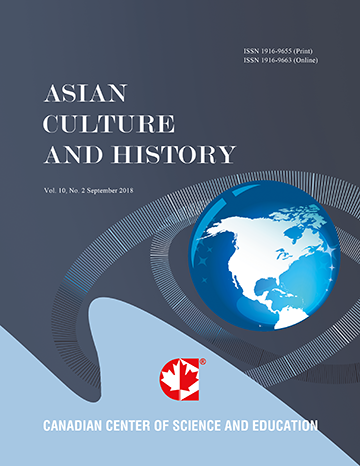The Effect of Eurasian Orientation on the Relations between Russia and America
- Ahmad Jansiz
- Mustafa Tarin
- Samira Talebii
Abstract
The international system is an arena for relations and interactions. Sometimes these relations are along with peace and sometimes with conflicts and tensions. Accordingly, countries use certain ideologies and policies that can lead to the promotion or demotion of their position in the international system. The collapse of the Soviet Union was a turning point for the change of the nature of the international system -from bipolar to unipolar- and also Russia’s attempt to redefine its lost identity which prepared the ground for the influx of new discussions and approaches in the international arena. Seeking its lost identity, Russia came up with the reality that Atlantic Orientation and following the unipolar system not only did not solve its problems but led to its decline, disappointment and frustration at the internal and international level; therefore, with Putin’s accession to power, another major turning point came in Russian foreign policies, which led to the improvement of the economic conditions in Russia following the increase in the oil price and Putin’s strategic leadership and management. The policy and approach taken in Russia originated from the self-confidence it had built up. This not only increased Russia’s maneuverability at the region but leveled the ground for its confrontation with America and challenging the unipolar system. As a result, adopting the Eurasian Orientation policy since 2000 not only caused Russia’s attention to turn to Central Asia countries and Caucasus but has also promoted an aggressive or offensive attitude in the policies taken by this country. Thus, taking an Offensive Realism approach, the present study seeks to find an answer to this question: What is the role and effect of Eurasian Orientation policy on Russia’s foreign policies towards America? The data for this study were collected by drawing on dissertations, libraries and research findings and analyzed using a descriptive analytic approach.
- Full Text:
 PDF
PDF
- DOI:10.5539/ach.v8n2p135
Journal Metrics
Google-based Impact Factor (2017): 5.42
h-index (January 2018): 11
i10-index (January 2018): 21
h5-index (January 2018): 6
h5-median (January 2018): 9
Index
- Academic Journals Database
- CNKI Scholar
- COPAC
- EconPapers
- Elektronische Zeitschriftenbibliothek (EZB)
- Excellence in Research for Australia (ERA)
- Genamics JournalSeek
- Google Scholar
- Infotrieve
- LOCKSS
- MIAR
- NewJour
- Open J-Gate
- PKP Open Archives Harvester
- Publons
- RePEc
- Scilit
- SHERPA/RoMEO
- Standard Periodical Directory
- Technische Informationsbibliothek (TIB)
- The Keepers Registry
- Universe Digital Library
- WorldCat
Contact
- Ivan YongEditorial Assistant
- ach@ccsenet.org
